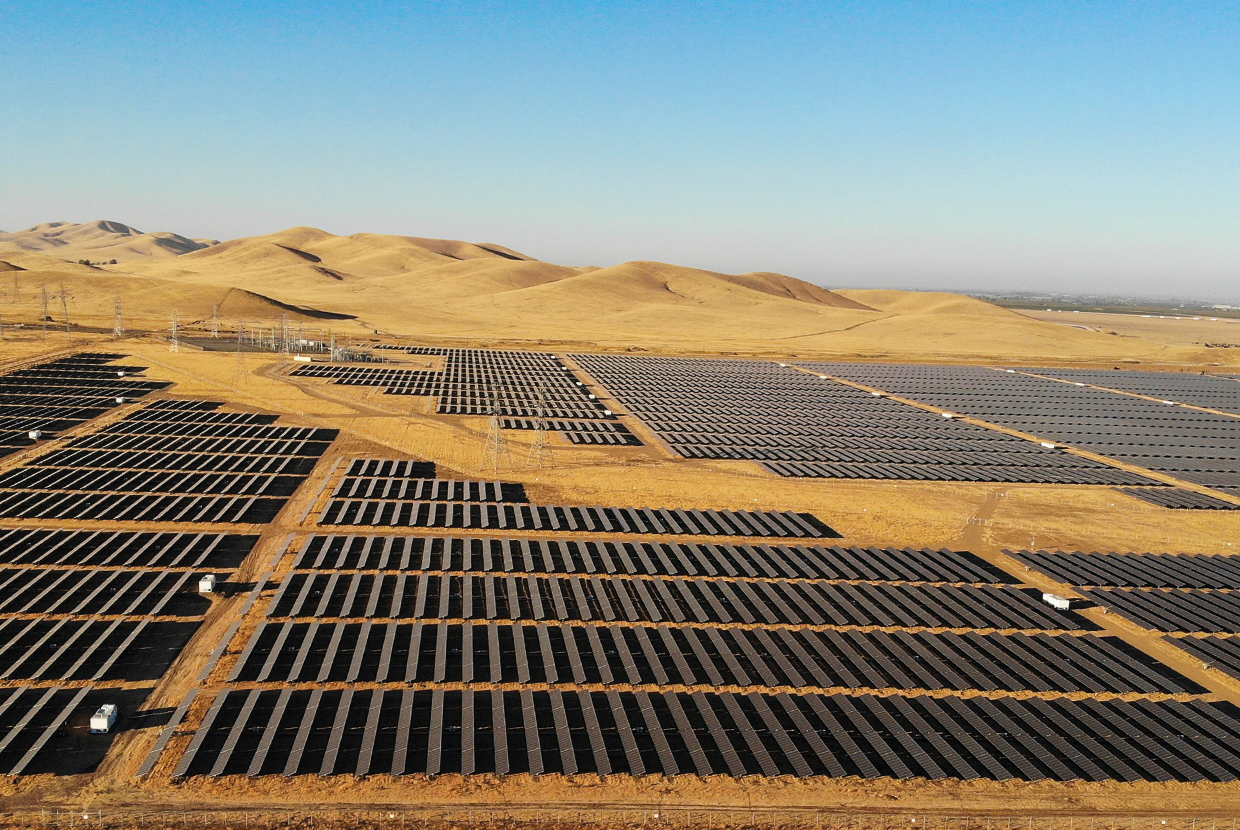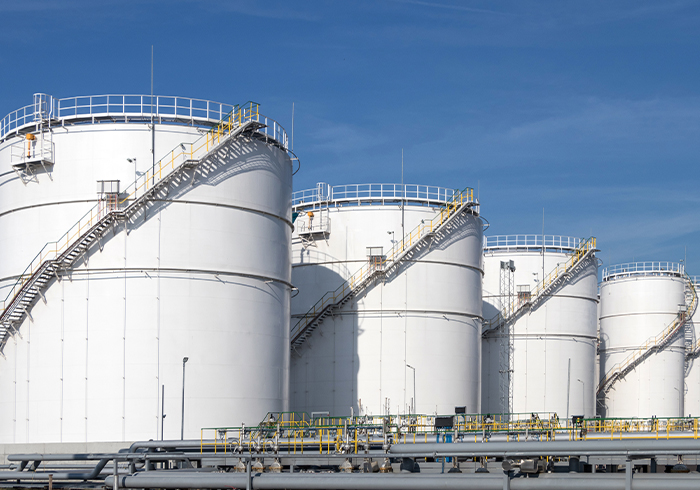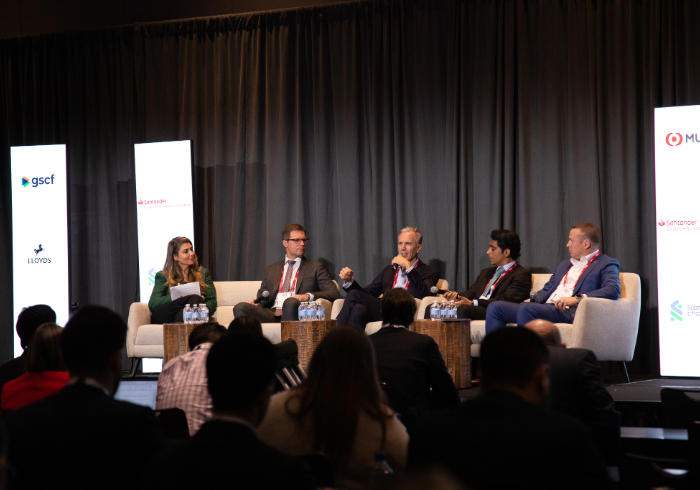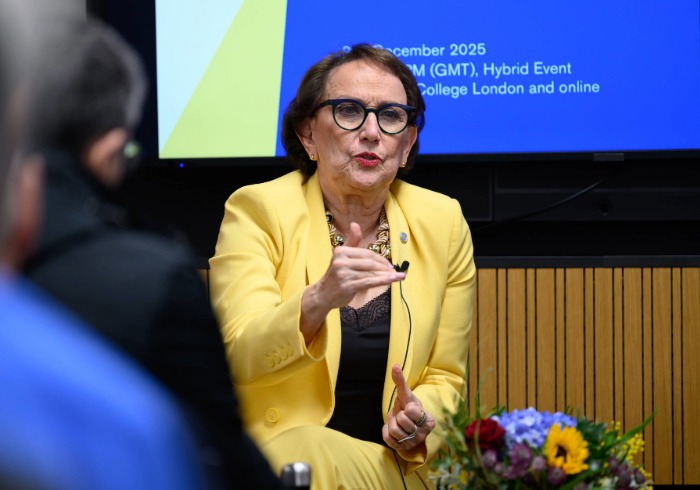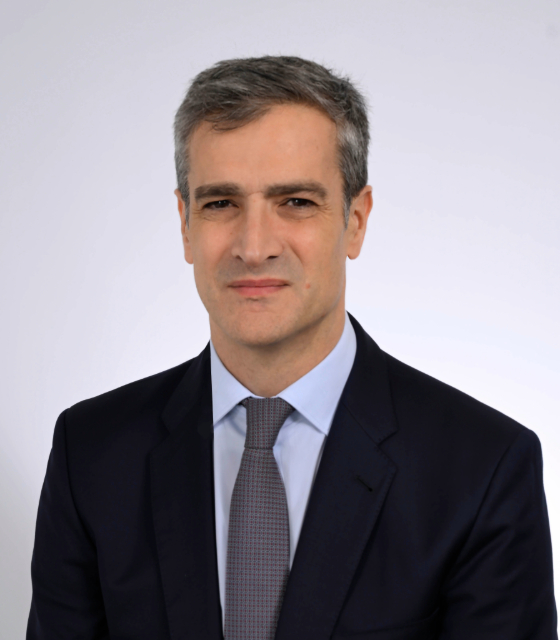The race towards renewable energy is gathering momentum across the Middle East, with vast wind and solar projects already underway or in the pipeline. But with much of the region still dependent on fossil fuels for energy and export revenue, does this trend pose an existential threat to those economies? John Basquill reports.
The Middle East has an imperious position in the global oil industry. It sits on more than 50% of the world’s proven oil reserves, and accounts for around a third of global production. Saudi Arabia exports more crude than any other country, and is second only to the US in terms of barrels per day produced.
Iraq, Iran, the United Arab Emirates (UAE) and Kuwait all join Saudi Arabia in the top 10 oil producing nations, according to a detailed analysis of data published by BP last year. The region also has the world’s largest share of proven natural gas reserves, much of which are in Iran and Qatar, though lags well behind the US and Russia in terms of production.
Several Middle Eastern countries depend on oil exports as a vital source of state revenue. World Bank figures show oil revenues account for more than 20% of GDP in Oman, Saudi Arabia, Kuwait and Iraq, and around 15% in the UAE, Qatar and Iran.
However, fossil fuel producing nations are under intense international pressure to decarbonise.
The influential International Energy Agency (IEA) warned in 2021 that in order for the world to reach net-zero carbon emissions by 2050, there could be no new oil, gas or coal development, with immediate effect. Banks, insurers and traders are under intense pressure from climate campaigners to cut support for fossil fuels.
To an extent, those calls are being heard in oil-producing nations, both within the private and public sectors. Several Middle Eastern governments have set climate-related targets – albeit typically not as ambitious as those outlined by the IEA – and there has been a flurry of activity and investment around renewable energy production, notably in wind and solar. Banks are increasingly pushing borrowers towards sustainability-linked facilities, both in trade and supply chain finance (SCF).
But a region dependent on fossil fuels for power generation and export revenue cannot easily switch to renewables overnight. To decarbonise in line with scientific targets – but without causing significant economic harm – experts believe major diversification efforts are needed.
Mena’s green surge
There have been significant efforts across the Middle East to set out a timeline for decarbonisation. Saudi Arabia’s Vision 2030 strategy includes a plan to generate 50% of its power from renewable sources by the end of this decade, while the country has targeted net-zero carbon emissions by 2060.
The UAE aims to source half of its electricity from renewable and nuclear sources by 2050, while Qatar and Kuwait have pledged to increase the share of renewables in their energy mix – to 15% and 20% respectively – by 2030.
The number and scale of projects aimed at diversifying the Middle East’s energy mix has increased dramatically in recent years.
In the UAE, Noor Abu Dhabi – a 1.2GW solar power plant – is already in operation, while in 2020 authorities approved the construction of an even larger facility to be located in Al Dhafra, west of the capital. In neighbouring Dubai, another solar power plant is being developed in phases. By 2030, it is hoped the Mohammad bin Rashid Al Maktoum Solar Park will have a capacity of 5GW.
In Saudi Arabia, the kingdom’s sovereign wealth fund is among the investors in another mammoth solar energy project, Sudair, that is expected to have a capacity of 1.5GW. Other participants are oil and gas giant Saudi Aramco and Riyadh-based ACWA Power.
ACWA Power is also involved in the development of a 700MW solar power plant in Saudi Arabia’s Al Qassim province, signing a power purchase agreement in March this year. Its chairman, Mohammad Abunayyan, says solar power “is a key component in unlocking positive economic, environmental and social outcomes, whether it is for consumer use or in mega-projects”.
Wind farms are also in use. In August last year, Saudi Arabia’s first wind farm – reportedly the largest in the region – was connected to its national grid, with each of its 99 turbines able to generate electricity for an estimated 70,000 homes.
Hydrogen features prominently in the region’s emerging energy strategies. Though its sustainability credentials remain disputed, with climate campaigners suggesting its use cases are limited and its production highly inefficient, projects are already underway.
The UAE – which hopes to hold a 25% share of the world’s low-carbon hydrogen market by 2030 – already has one plant under construction in Dubai, which will source the electricity required from solar panels. Saudi Arabia’s new mega-city Neom will also host a green hydrogen plant, expected to have a capacity of 4GW.
In total, contract awards for renewable energy projects eclipsed those for conventional power plants in 2021, research by business intelligence company MEED Insights has found.
Between 2017 and 2020 the average contract value for oil or gas-fuelled power stations across the Middle East and North Africa was around US$4.8bn per year. But in the first half of 2021, not a single contract was awarded for oil or gas-fuelled power stations in the region, while the figure for renewables was estimated at US$2.8bn.
Carbon concerns remain
Despite the progress on renewable energy, there remains a significant appetite for oil and gas projects in the Middle East.
When Saudi Aramco joined the Sudair solar power plant as an investor last year, its senior vice-president of downstream, Mohammed Al Qahtani, emphasised that fossil fuels “will continue to be a vital part of the energy mix for decades to come”.
Scott Livermore, chief economist at Oxford Economics, said during February’s GTR Mena event in Dubai that the diversification of the region’s energy mix “is not necessarily signalling the death knell for the hydrocarbon sector”.
Livermore said that despite forecasts for a decline in demand for oil-related products, driven by developments such as electric vehicles, Saudi Arabia and the UAE are expected to have excess capacity over the next decade, while energy companies such as the Abu Dhabi National Oil Company (ADNOC) are seeking to increase oil production.
“An important thing to remember for the region is that in a declining market, the low-cost producer is king,” he said. “I don’t worry so much about the oil sector collapsing; I think it probably offers more for the future than a lot of commentary suggests.”
There could even be opportunities in the immediate term for the region’s fuel producers, says Robert Besseling, founder and chief executive of Pangea-Risk – a political intelligence company focused on Africa and the Middle East.
Governments in North America and Europe are trying to reduce their reliance on oil and gas imports from Russia, an attempt to cause economic harm to the country following its invasion of Ukraine.
“Gulf oil and gas exporters might seek to benefit in the short term from higher oil prices and rising demand for natural gas in key markets, growing their energy market share from Russia and reaping the economic profits from spikes in both oil and gas prices,” Besseling tells GTR.
“Their position as alternative energy suppliers may further help states in the region gain leverage over the US and Europe. Such a prospect will disincentivise any initiatives to diversify Gulf economies and reduce dependency on fossil fuels.”
For climate-focused non-government organisations (NGOs), the continuing appetite for oil and gas production is a major concern.
Market Forces, an NGO that focuses on shareholder actions, has taken aim at HSBC and Standard Chartered, accusing them of hypocrisy for setting net-zero emissions targets while financing major polluters.
In January this year, it criticised the duo for participating in a US$10bn revolving credit facility for Saudi Aramco, as global coordinator and joint bookrunner respectively. It cites Saudi Aramco as “the world’s single biggest corporate polluter”, warning that its plans to increase oil and gas production will produce 27 billion tonnes of carbon emissions by 2030. It estimates that the company has been responsible for 4% of the world’s greenhouse gas emissions since 1965.
“The fact that HSBC and Standard Chartered are in line to finance Saudi Aramco shows us just how hollow their ‘net zero’ commitments are,” says UK campaigner Mia Watanabe. “If their climate policies don’t even exclude the world’s biggest climate polluter, how can we trust them at all?”
HSBC has also drawn criticism for helping finance Saudi Arabia’s Arabian Drilling Company, acting as lead coordinator in raising around US$1.5bn in the local debt capital markets.
Standard Chartered did not comment when contacted by GTR. HSBC was unable to comment on specific transactions but says it has “committed to a 34% reduction in the absolute on-balance sheet financed emissions for the oil and gas sector by 2030”.
The role of banks
Banks in the region have characterised their role as supporting fossil fuel-related activities while incentivising a shift towards greater sustainability.
Asked at GTR Mena 2022 about Barclays’ strategy for financing oil and gas, Sereen Ahmed, the bank’s director and head of trade and working capital for the Middle East, said: “We will remain supportive, but with a different structure.”
Ahmed explained the bank has already reduced limits for some oil and gas clients and is targeting those “that don’t do anything on the sustainability agenda”, but at the same time is looking to incentivise those with an appetite for reform.
“If they continue to present certification and show that they are doing something, they will be rewarded, and will get our continuous support,” she said.
She added that in recent years, Barclays has introduced several sustainability-focused products, including a green trade loan, a green import letter of credit (LC) and a sustainability-linked financing facility.
Investors appear to be supportive of such strategies. Anirudha Panse, managing director and head of trade product management at First Abu Dhabi Bank (FAB), said at the same event there are “various secondary market asset players who are now interested in sustainability-linked assets, and have their own KPIs associated with sustainability”.
That means banks “are able to probably raise cheaper funding which will definitely be passed on to the clients”.
In SCF programmes, large buyers are also taking the initiative. A senior banking source based in the Middle East says he has been approached by buyers keen to assess the sustainability credentials of their suppliers – some of which “we would have never thought would be interested in sustainability”.
“They’re actually coming to us and saying, ‘can you help us with this?’” the source says. “That’s a fascinating phenomenon.”
However, if the IEA’s advice is to be followed, the drop-off in support for fossil fuels needs to happen much more quickly. As Pangea-Risk’s Besseling points out, major energy markets “will not be able to switch to predominantly renewable sources overnight”, meaning a major diversification effort is needed to keep those economies afloat.
Some Mena markets have already pursued a diversification agenda. Besseling points to Morocco, where the state has provided extensive support for automotive manufacturing, aviation and defence industries and healthcare projects. Tax, education and training incentives were introduced, along with an expansion of infrastructure, resulting in the development of high-value sectors.
“Political instability or the existence of entrenched rent-seeking patronage networks usually obstruct the restructuring of oil exporting economies,” he says. “The example of Morocco is interesting because in this case, the royal court drove the reforms and initiatives that facilitated investment into diversified industries, thus bypassing the actual government or council of ministers. This model allowed Morocco to wean itself off dependence on phosphates, and should be carefully considered by Gulf monarchies too.”


